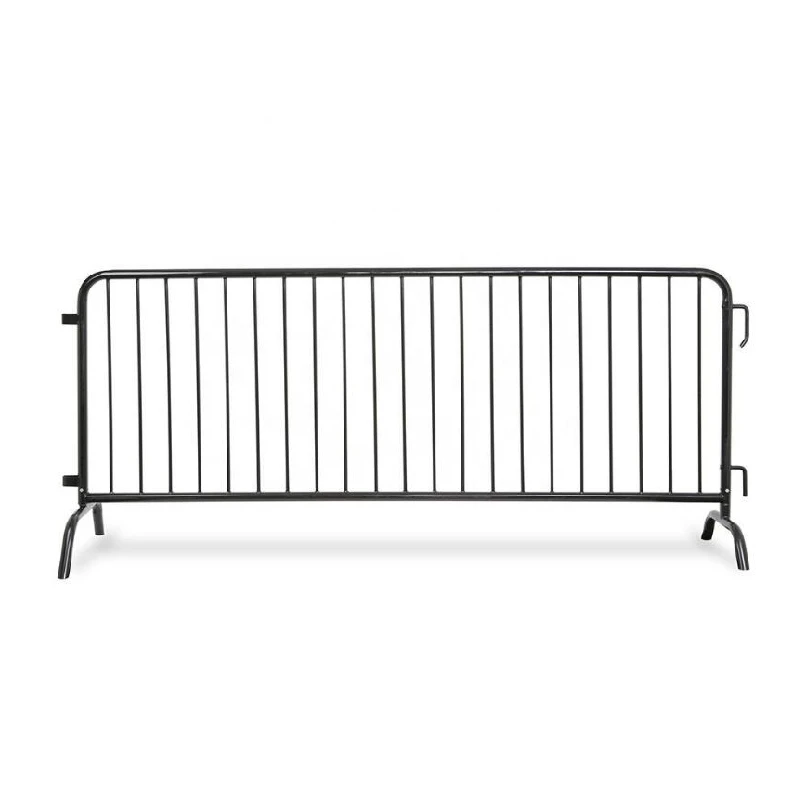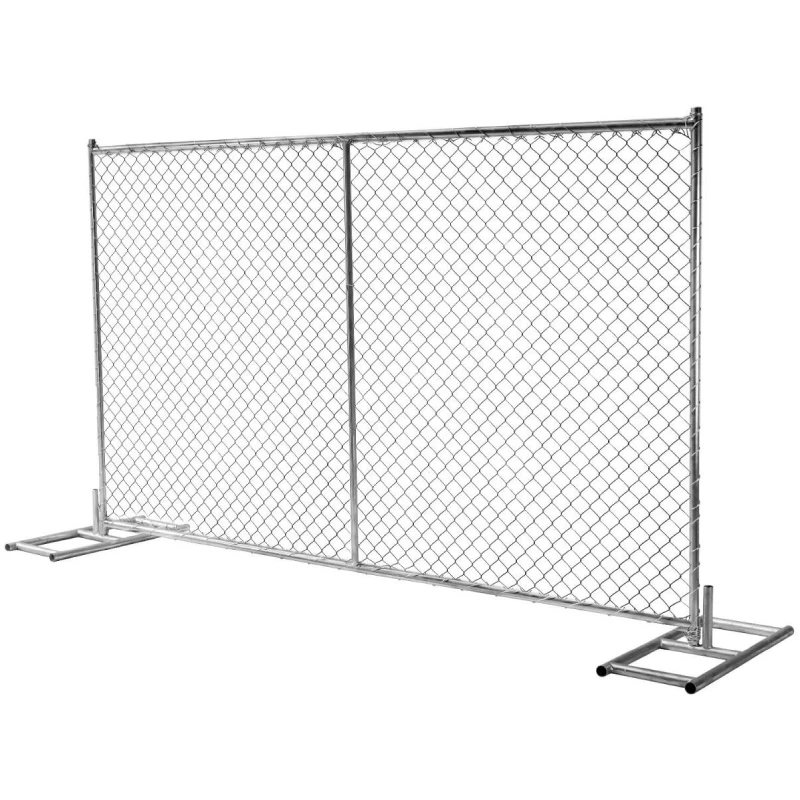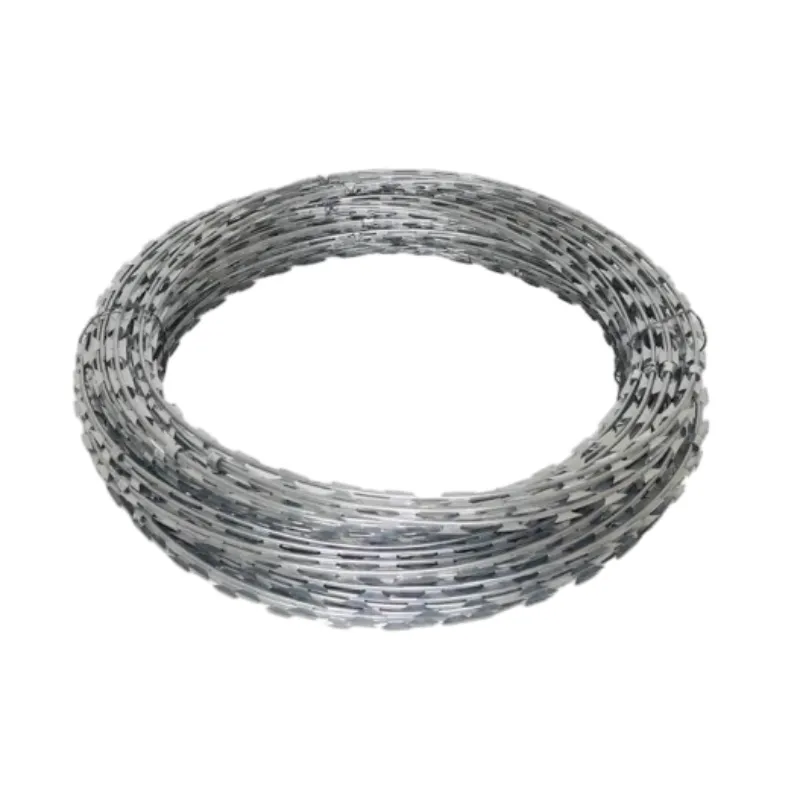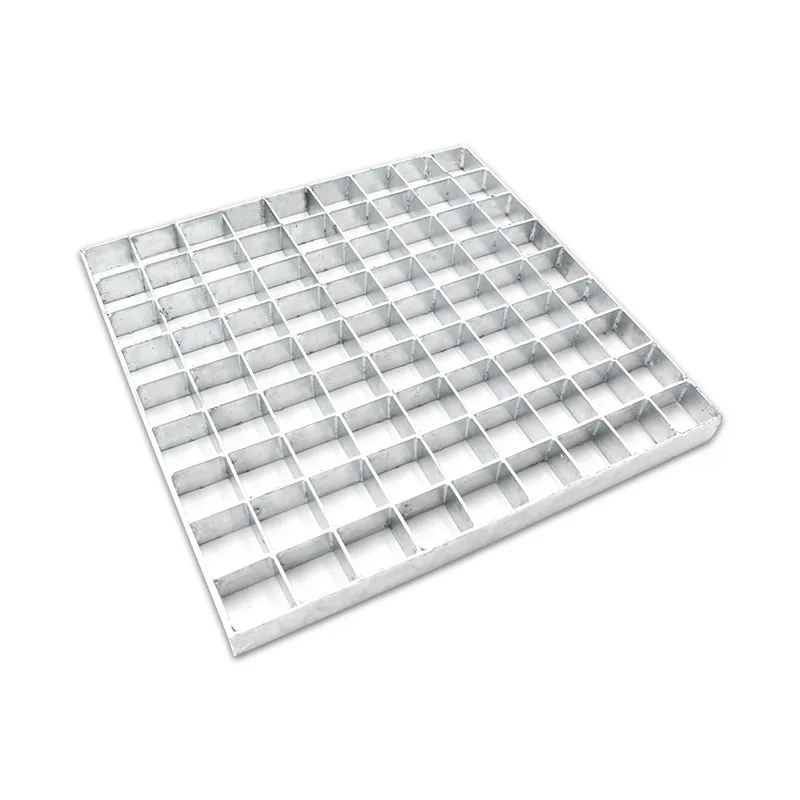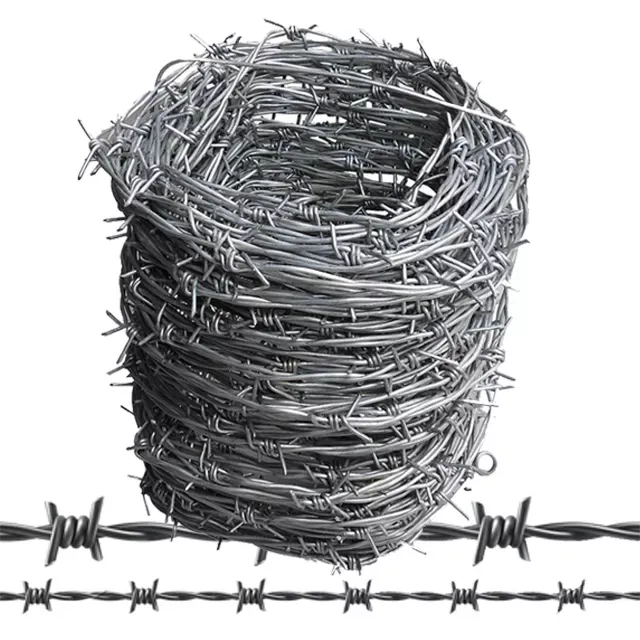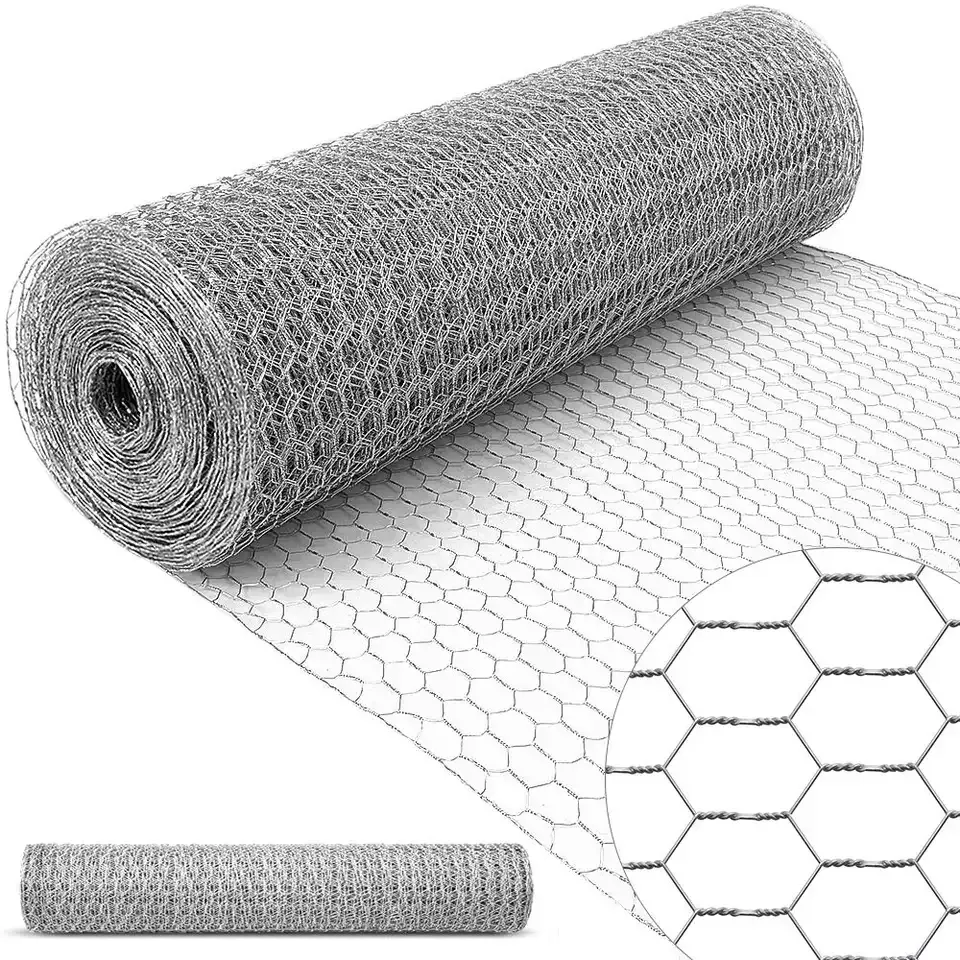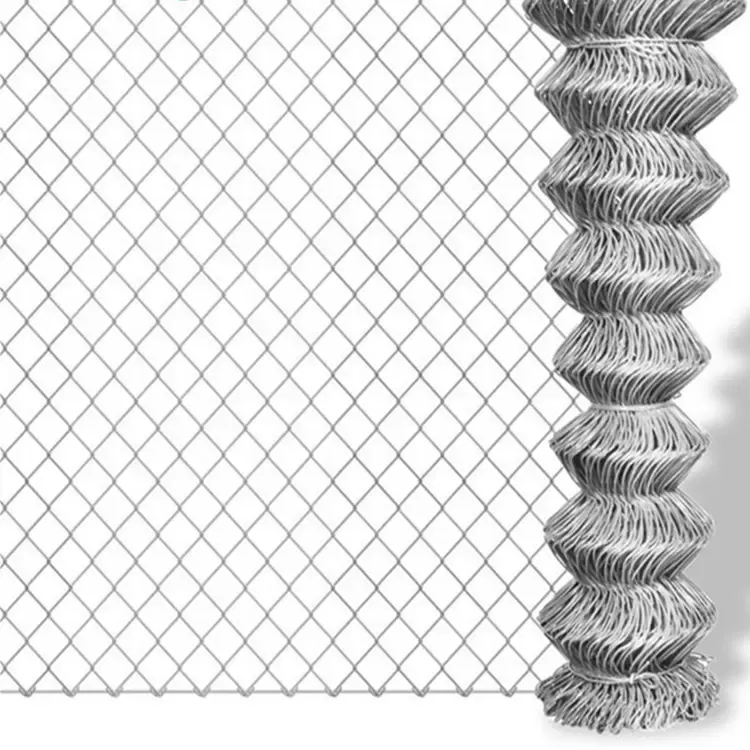
- Afrikaans
- Albanian
- Arabic
- Armenian
- Azerbaijani
- Basque
- Belarusian
- Bengali
- Bosnian
- Bulgarian
- Croatian
- Czech
- Danish
- Dutch
- English
- Esperanto
- Estonian
- Finnish
- French
- Galician
- Georgian
- German
- Greek
- hawaiian
- Hindi
- Hungarian
- Indonesian
- irish
- Italian
- Lao
- Latvian
- Lithuanian
- Luxembourgish
- Macedonian
- Maltese
- Myanmar
- Norwegian
- Polish
- Portuguese
- Romanian
- Russian
- Serbian
- Slovak
- Somali
- Spanish
- Swedish
- Thai
- Turkish
- Turkmen
- Vietnamese
Jun . 01, 2025 11:40 Back to list
High-Strength Welded Wire Security Fence Airport & Perimeter Solutions
- Fundamental advantages and technical specifications of welded barrier systems
- Performance data analysis of industrial-grade security fencing
- Leading manufacturers comparison through key metrics
- Customization scenarios for specialized security requirements
- Airport perimeter protection: Design considerations and implementation
- Barbed wire integration techniques for threat escalation scenarios
- Operational framework for long-term fencing system optimization
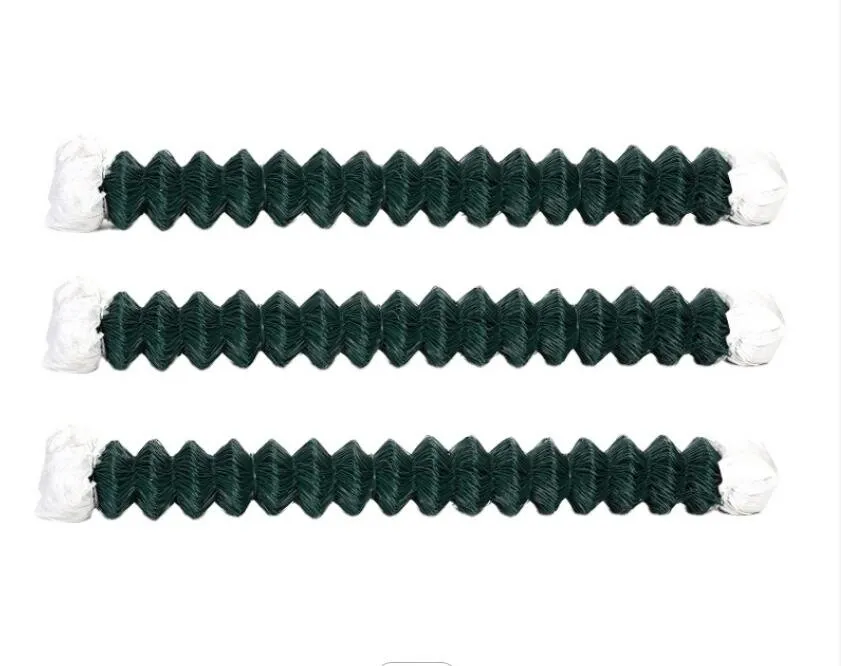
(welded wire security fence)
The Robust Barrier: Why Welded Wire Security Fence Reigns Supreme
Industrial security demands physical barriers that withstand deliberate compromise attempts. Welded wire security fencing achieves tensile strengths exceeding 1,500 N/mm² through precision fusion of galvanized steel wires. Unlike chain link alternatives with vulnerable tie points, the continuous weld junctions create monolithic panels resistant to leverage attacks. Critical infrastructure projects increasingly specify these systems because they eliminate hand-hold points and maintain barrier integrity when subjected to 15 ft-lbs of impact force.
Engineering Excellence: Unmatched Strength in Security Barrier Design
Military-grade security fencing exceeds standard industrial specifications with mesh apertures reduced to 50mm x 100mm dimensions – creating shear planes that defeat standard cutting tools. Through accelerated corrosion testing, triple-layered coatings of zinc, aluminum, and polymer withstand 1,500 hours of salt spray exposure without base metal compromise. Dynamic load testing demonstrates catastrophic failure thresholds at 4,350 lbs of distributed force across 8-gauge wires. The structural redundancy principle ensures no single wire fracture compromises barrier function – a critical advantage proven when panels maintain 87% containment capacity after intentional section breaching.
Manufacturing Leaders Comparison
| Specification | Fortified Barriers Inc. | Perimeter Solutions Co. | SteelGuard Systems | ArmorFence Ltd |
|---|---|---|---|---|
| Yield Strength | 1,650 N/mm² | 1,580 N/mm² | 1,720 N/mm² | 1,530 N/mm² |
| Coating Durability | 1,800 salt-spray hours | 1,550 salt-spray hours | 2,200 salt-spray hours | 1,700 salt-spray hours |
| Tamper Resistance | Level 4 (SR4) | Level 3 (SR3) | Level 4+ (SR4+) | Level 3 (SR3) |
| Breach Time Rating | 8 minutes | 5 minutes | 12 minutes | 6 minutes |
| Warranty Period | 15 years | 12 years | 20 years | 10 years |
SR ratings per ASTM F2453 standards, breach time based on IAPSC penetration protocols
Tailoring Barriers to Threat Scenarios
Perimeter hardening solutions require architectural adaptation for different threat vectors. Correctional facilities implement 45-degree anti-climb mesh angles combined with 150mm overhangs reducing climbability by 78%. Military installations incorporate staggered double-layer configurations with 200mm separation – creating interstitial space that traps projectile weapons. Utility substations utilize non-conductive glass fiber reinforcement cores within panel frames eliminating arc flash risks. Port authorities have implemented marine-grade fencing with sacrificial anode systems maintaining barrier integrity despite constant saltwater exposure.
Airport Perimeter Security: Critical Design Integration
Security welded airport fencing incorporates redundant detection layers achieving ICAO Annex 17 compliance standards. Installation guidelines mandate 3.5 meter heights with outward-facing cantilevers, creating unclimbable geometries that require specialized equipment to bypass. Underground foundations extend 1.8 meters below grade to counter tunneling scenarios – with seismic sensors detecting excavation vibrations within 25 meters. Video analytics systems track movement against 200-meter-long fence sections with 99.7% detection accuracy while specialized mounts eliminate camera vibration during takeoff/landing operations.
Barbed Wire Augmentation Strategies
Barbed wire transition modules convert static barriers into multi-tiered defense systems. Retractable coil systems deploy at 45-degree angles creating impenetrable overhead volumes in response to detected intrusions – a capability reducing penetration rates by 63% in border applications. Electrified strand options deliver non-lethal 8kV pulses through triple-galvanized conductors while remaining operational during power outages via dedicated solar arrays. Marine environments implement corrosion-resistant titanium wire coils maintaining structural integrity where standard carbon steel fails within 5 years.
Optimizing Security Fencing System Lifespan
Proactive maintenance preserves welded wire security fence
integrity through operational environments. Quarterly cathodic protection checks maintain optimum voltage between -850mV and -1100mV CSE reference readings. Digital image correlation techniques detect microscopic stress fractures at 10× earlier intervention thresholds than visual inspections. Lifecycle extension coatings applied at 12-year intervals restore protective properties to 98% of initial values according to DoD testing protocols. The cost-benefit analysis proves conclusive: comprehensive maintenance reduces lifecycle costs by $8.73 per linear foot over 30-year installations while maintaining certified threat response characteristics.
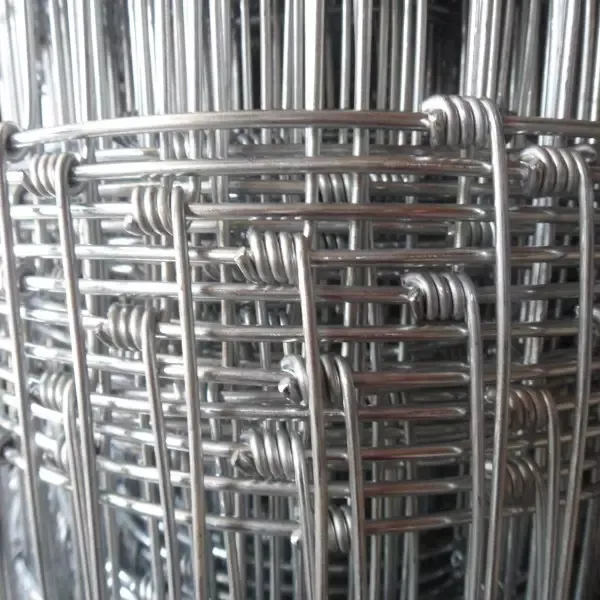
(welded wire security fence)
FAQS on welded wire security fence
Q: What are the main advantages of a welded wire security fence?
A: Welded wire security fences offer high durability, tamper resistance, and a rigid structure due to their welded joints. They are ideal for perimeter protection in high-security areas like airports and industrial sites. Their design also deters climbing and forced entry.
Q: How does a security welded airport fence enhance safety?
A: Security welded airport fences are built with heavy-duty steel and tight mesh patterns to prevent intrusion. Their anti-climb design and robust construction withstand harsh weather and physical attacks. They also comply with aviation security standards for restricted zones.
Q: Can a security barbed wire fence be combined with welded wire fencing?
A: Yes, barbed wire is often added to welded wire fences for enhanced deterrence. The combination creates a multi-layered barrier against trespassers. This setup is common in prisons, military sites, and high-risk facilities.
Q: What materials are used in welded wire security fences?
A: Most are made from galvanized steel or stainless steel for corrosion resistance. Welded joints ensure panels remain intact under stress. Optional coatings like PVC add extra weatherproofing and aesthetic appeal.
Q: What factors determine the cost of a welded wire security fence installation?
A: Costs depend on material quality, fence height, mesh density, and added features like barbed wire. Site terrain and installation complexity also affect pricing. Custom designs for airports or critical infrastructure may require higher budgets.
-
Why Welded Gabions Are Redefining Modern Landscape
NewsAug.18,2025
-
Padel Court for Sale
NewsAug.18,2025
-
Modern Open Gable Trellis System
NewsAug.18,2025
-
Guide to Durable and Efficient Fence Post Solutions
NewsAug.18,2025
-
Durable and Affordable Y Post Fence Solutions
NewsAug.18,2025
-
Construction Projects with Reliable Gabion Solutions
NewsAug.18,2025


